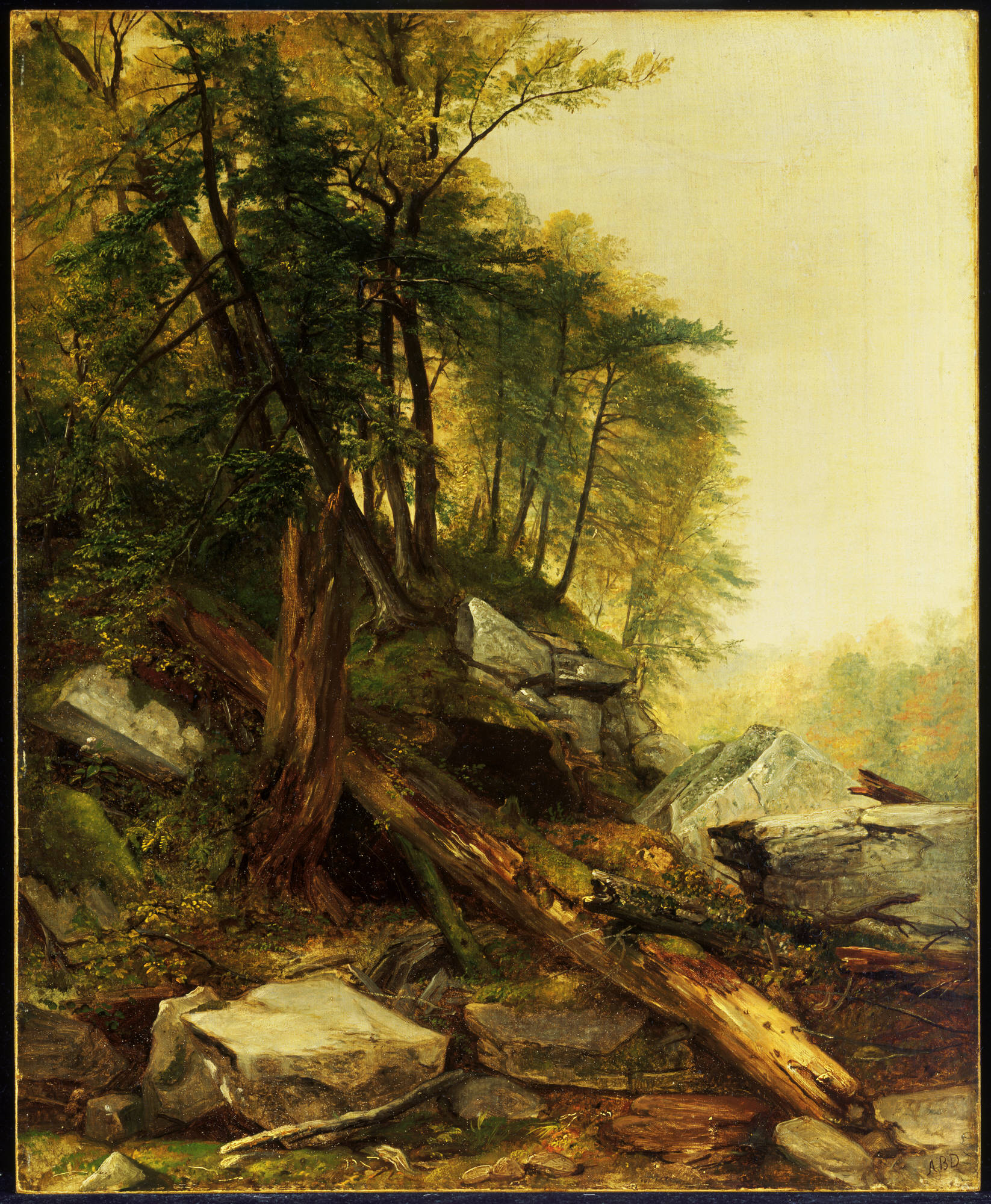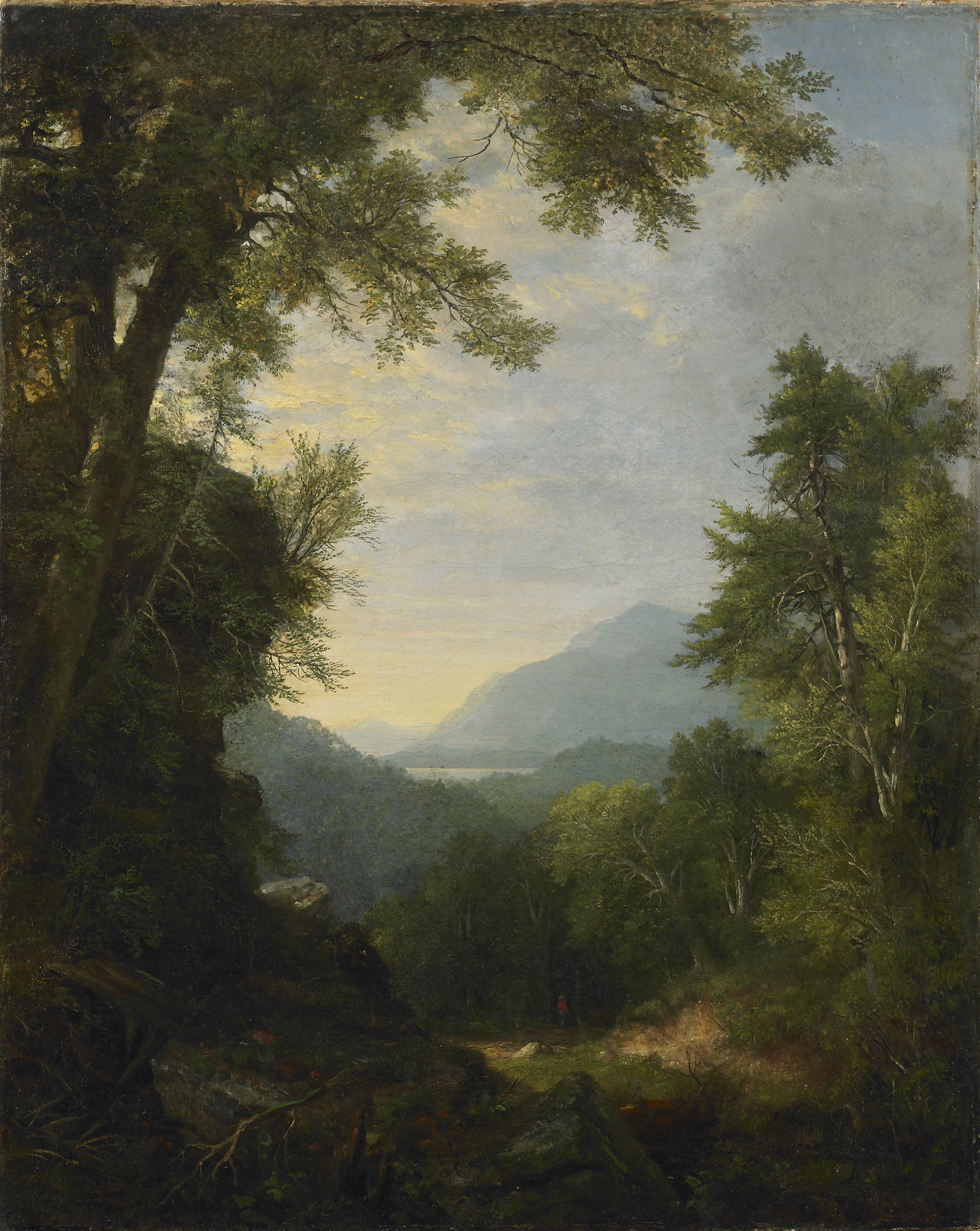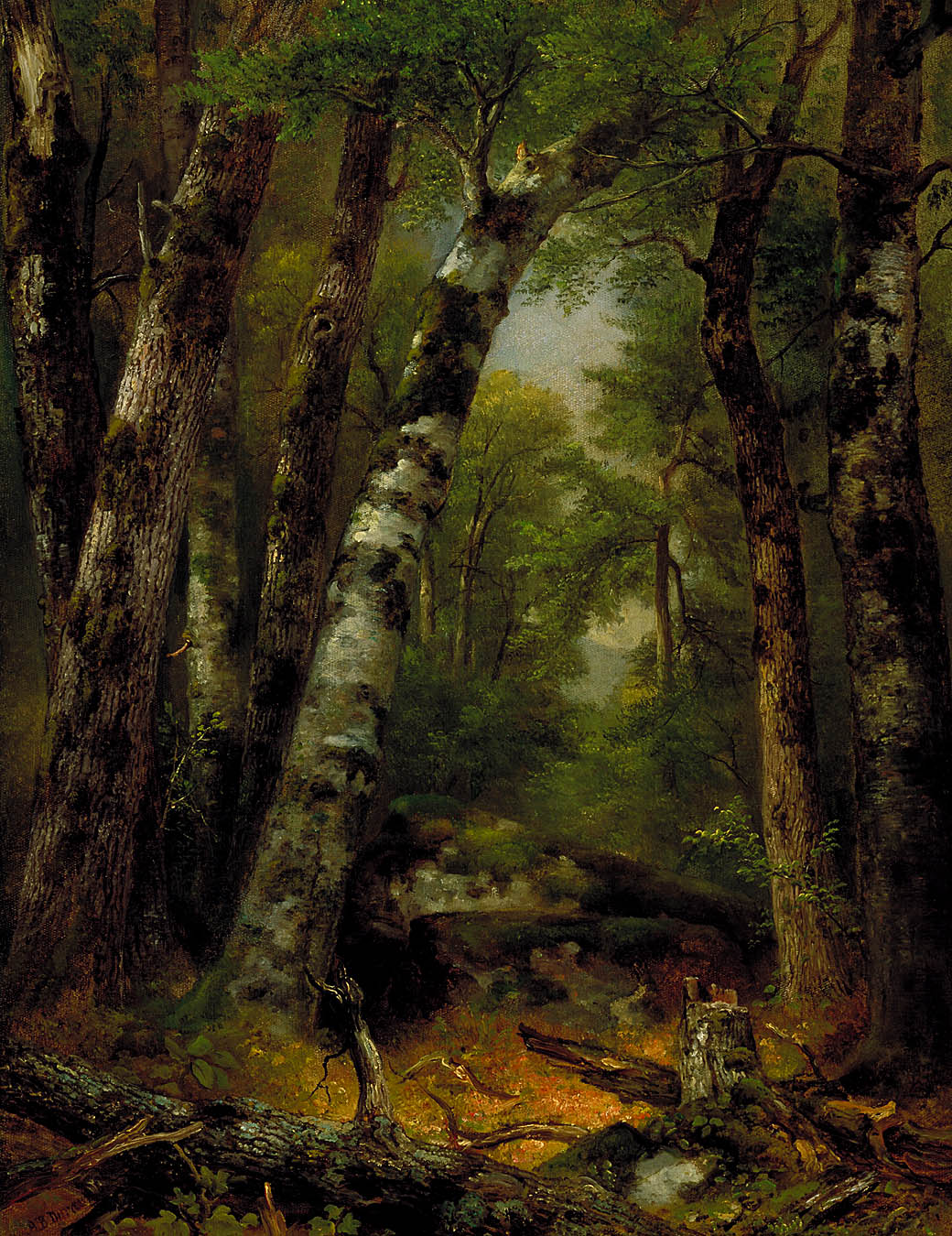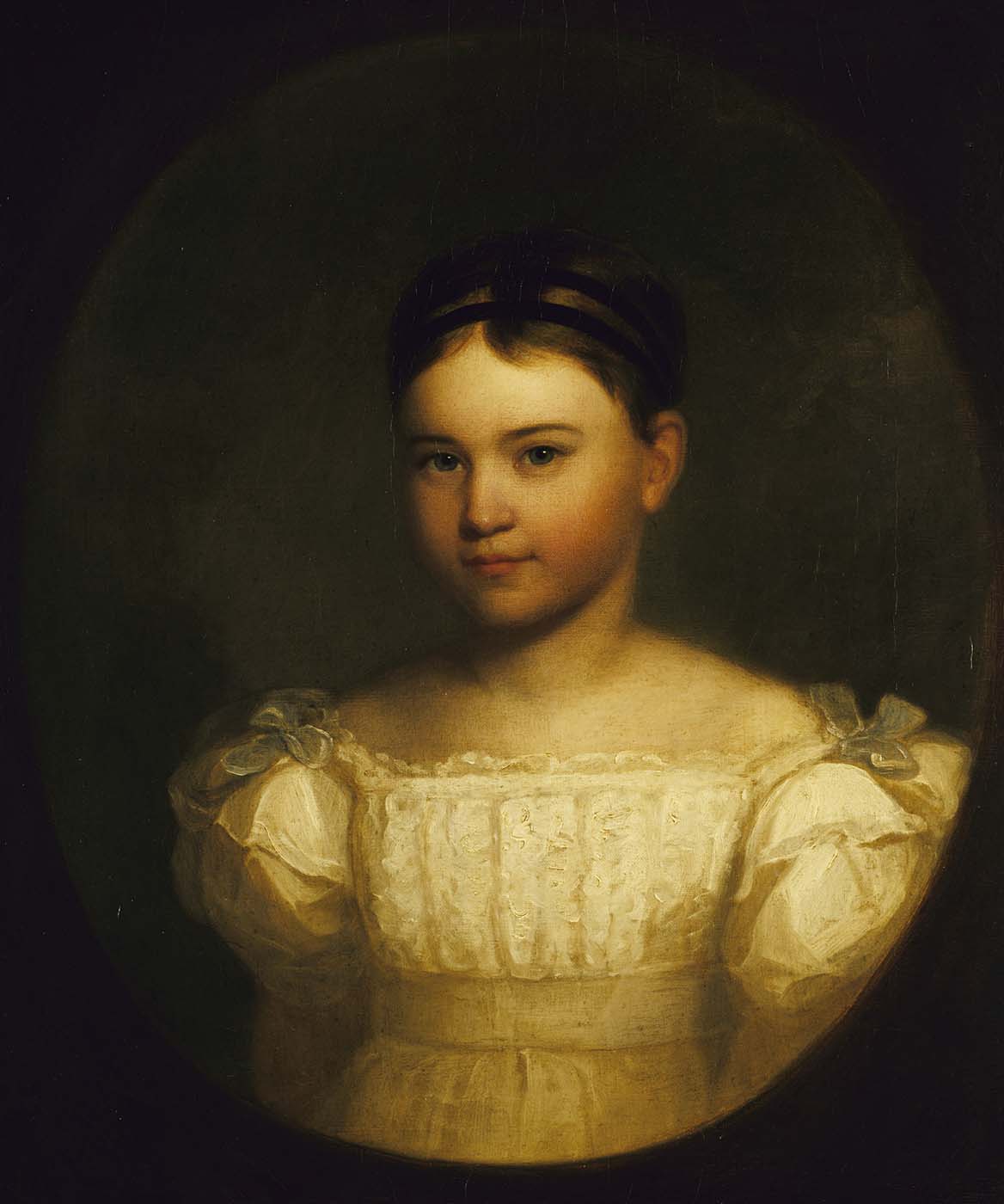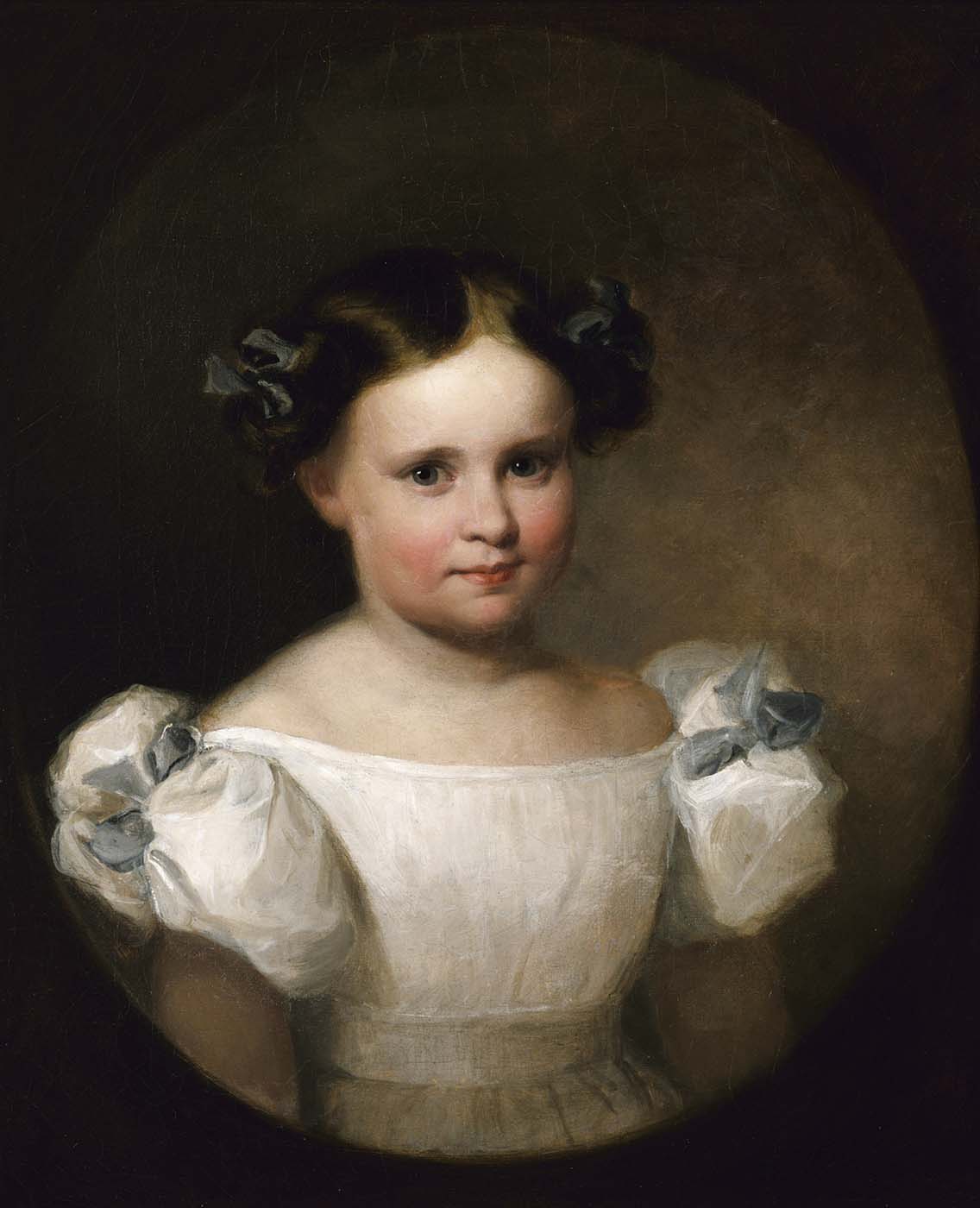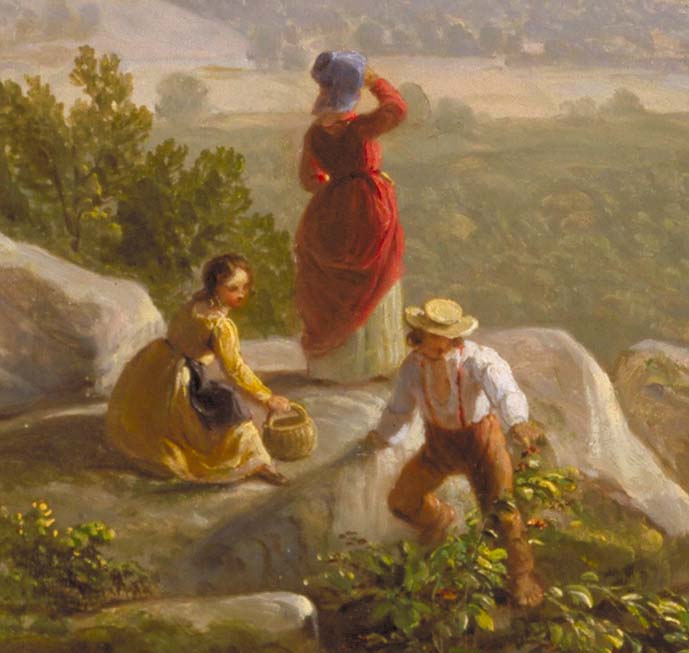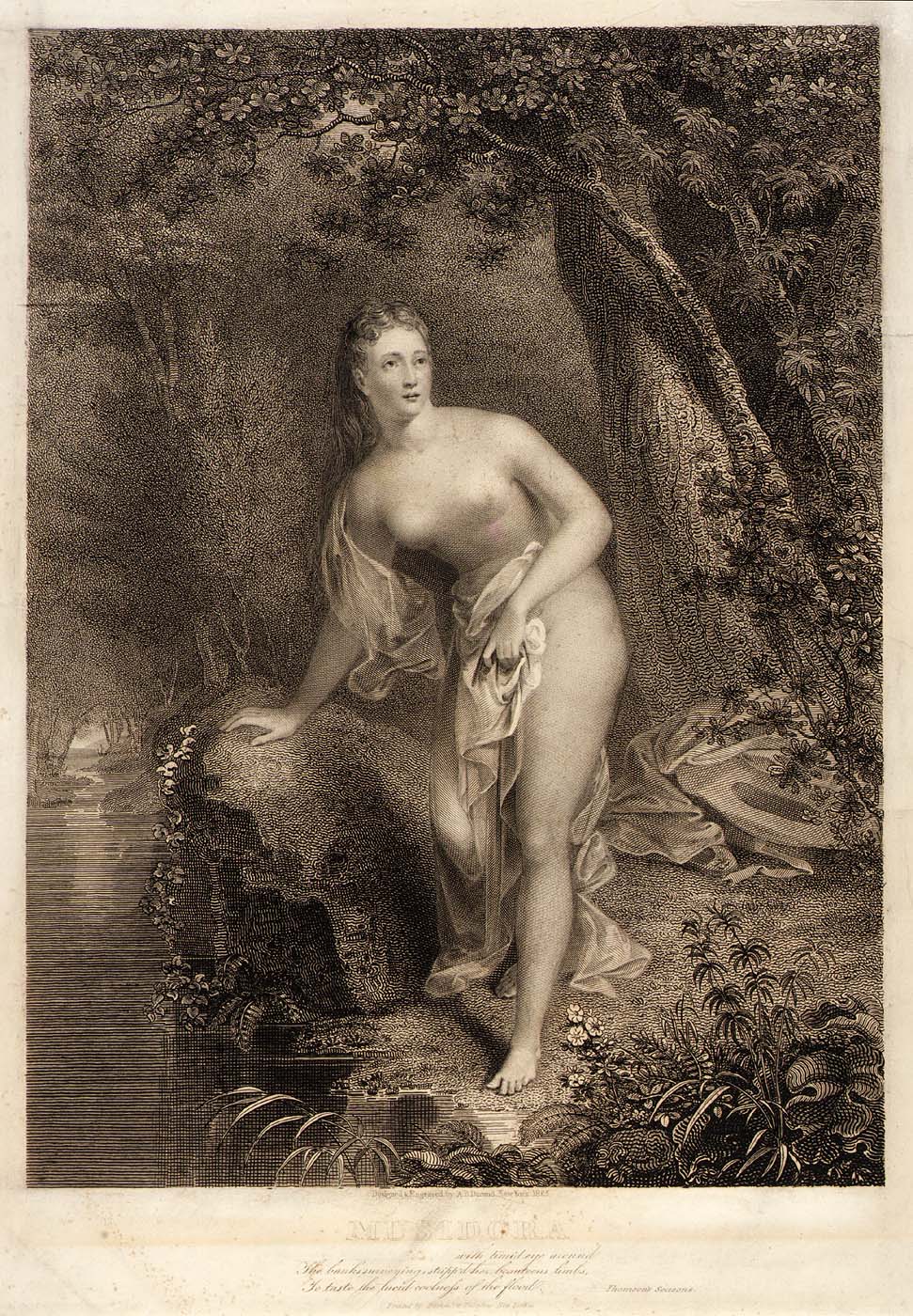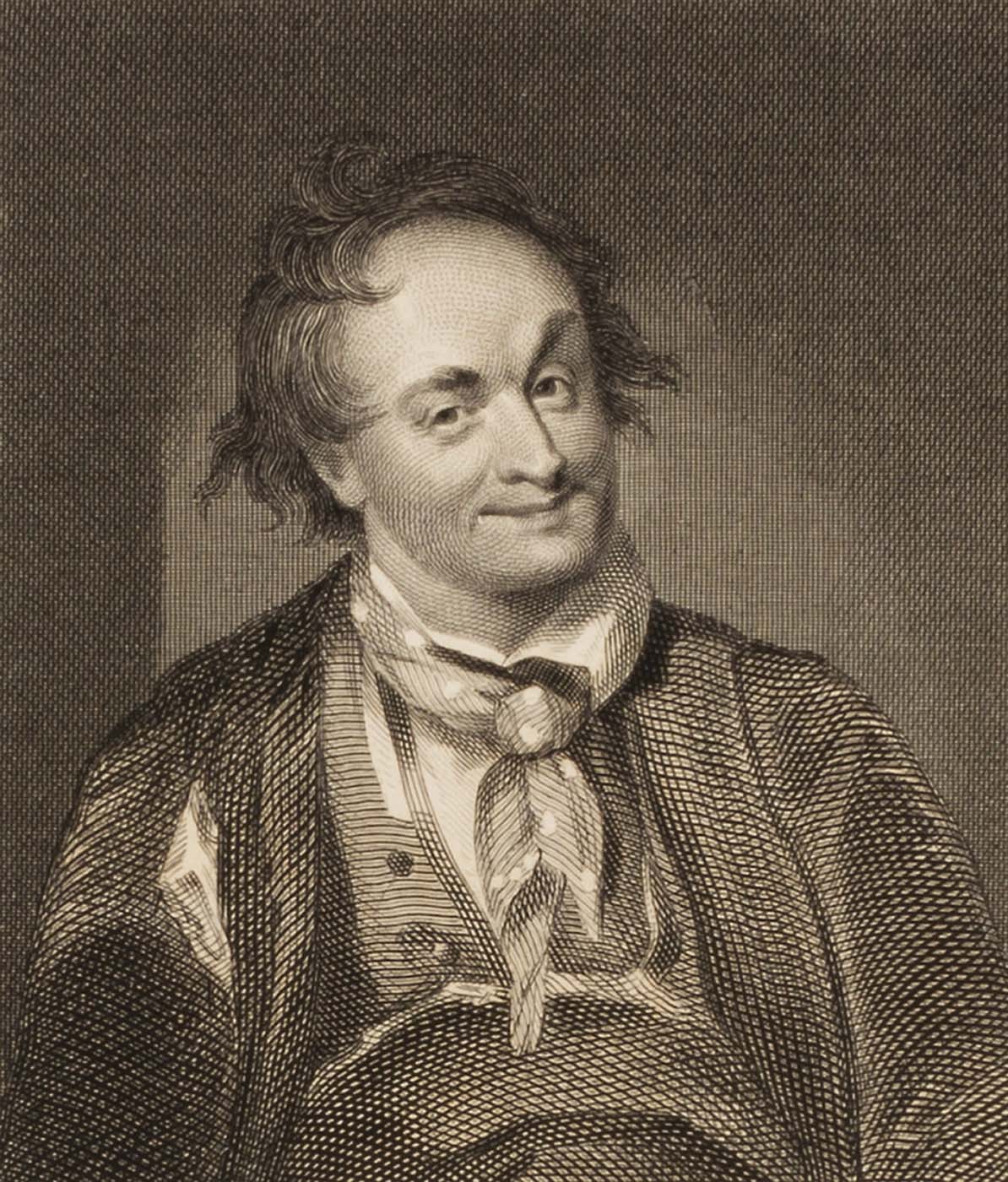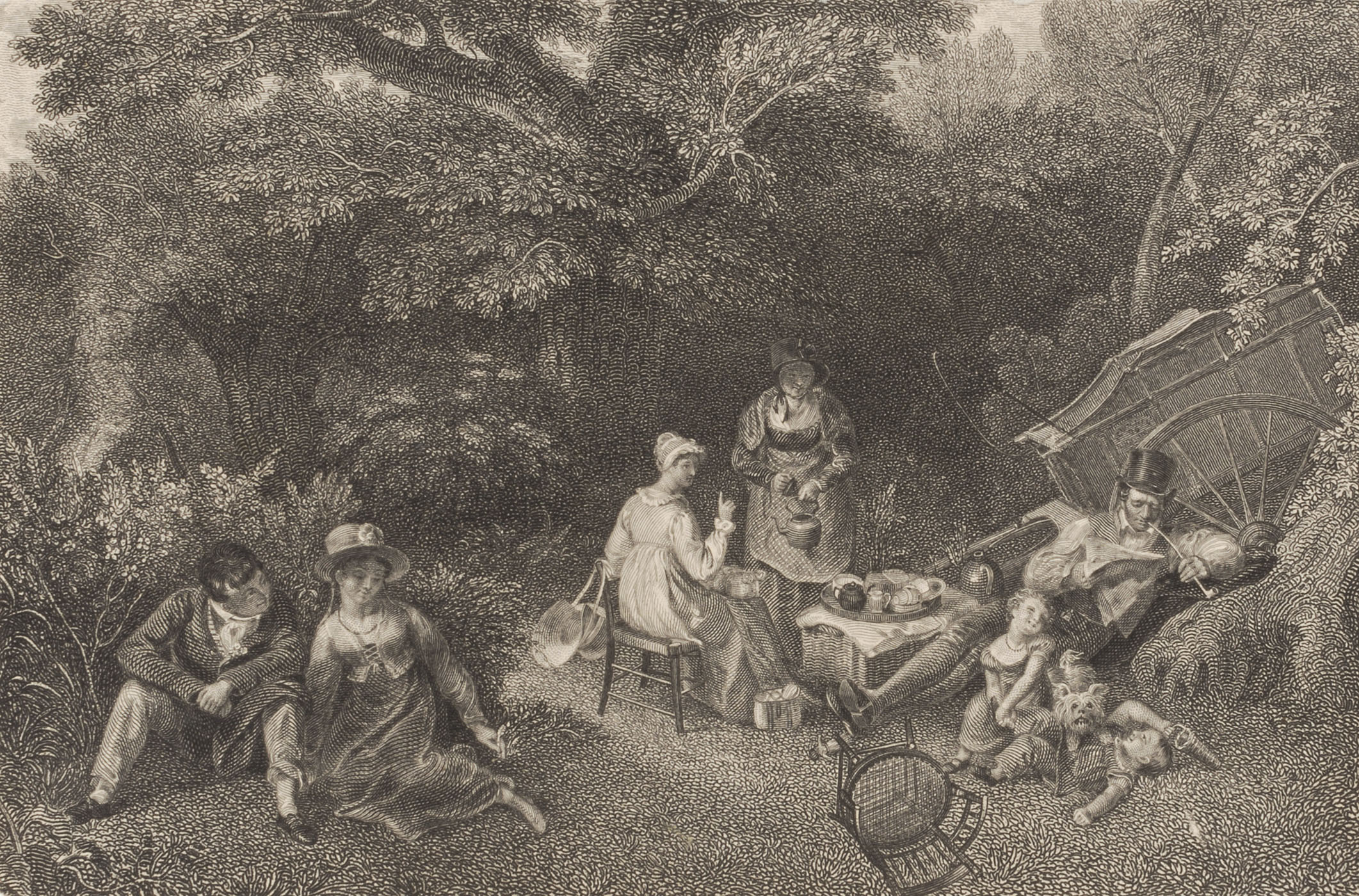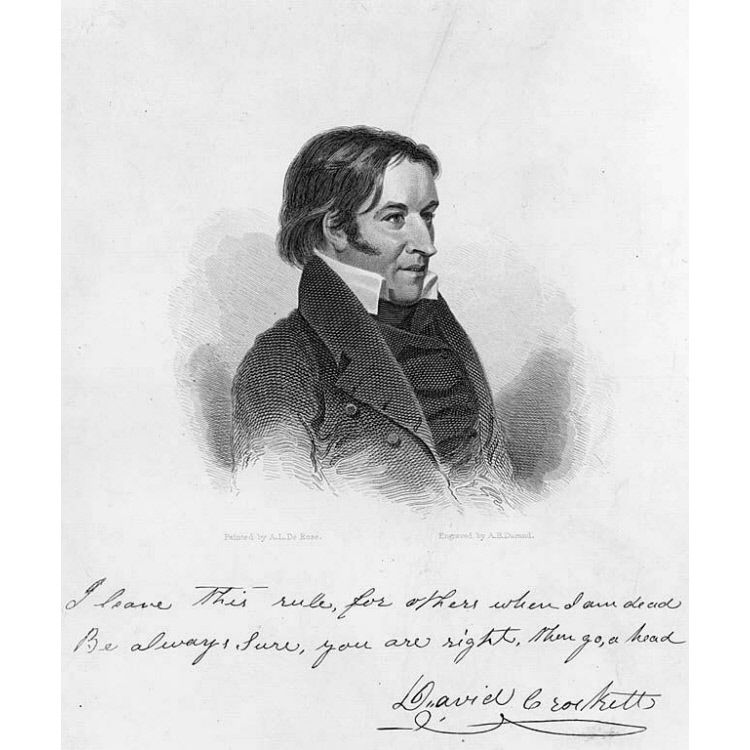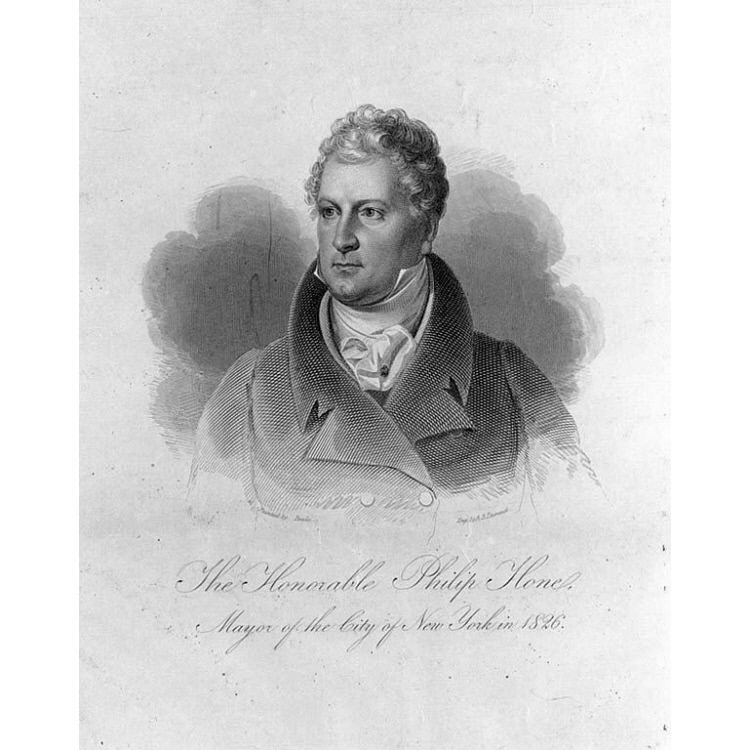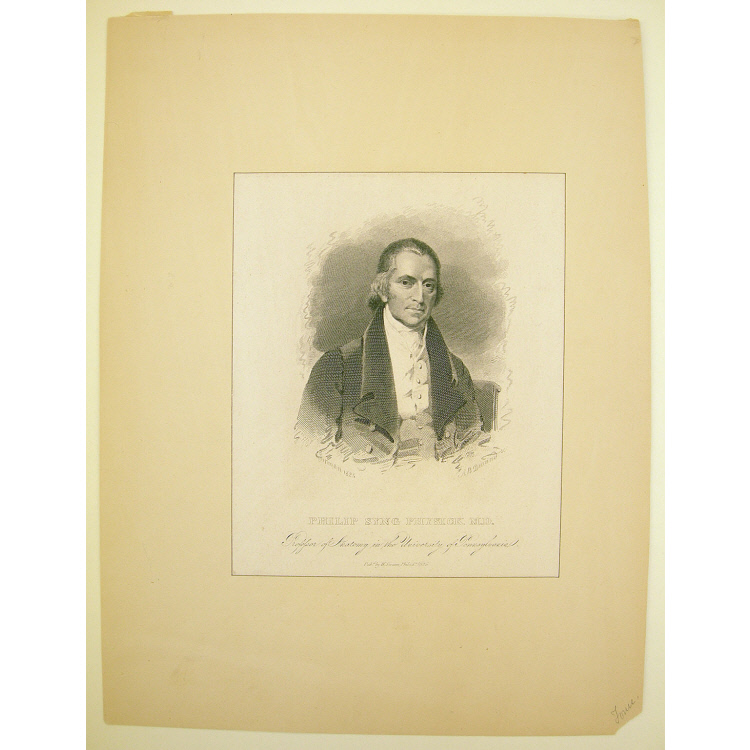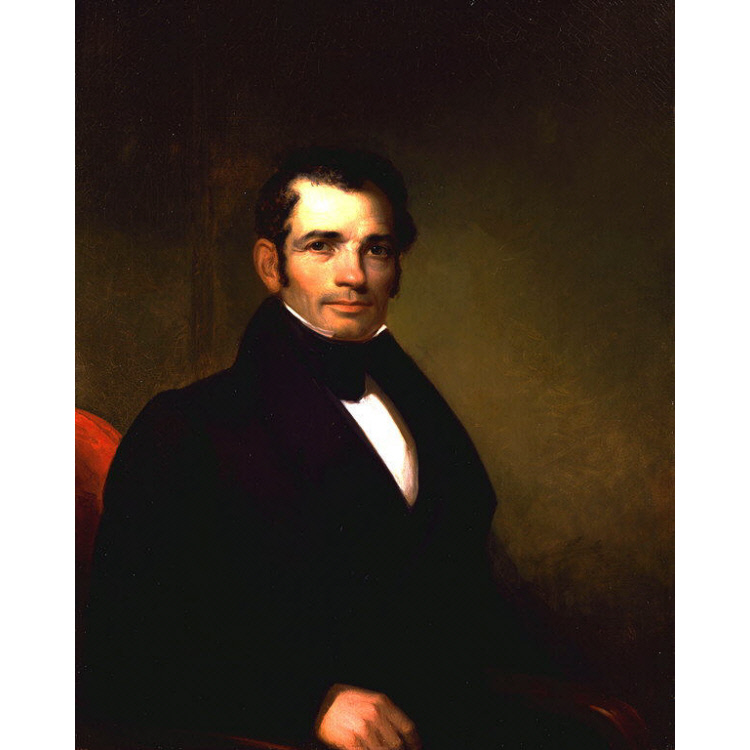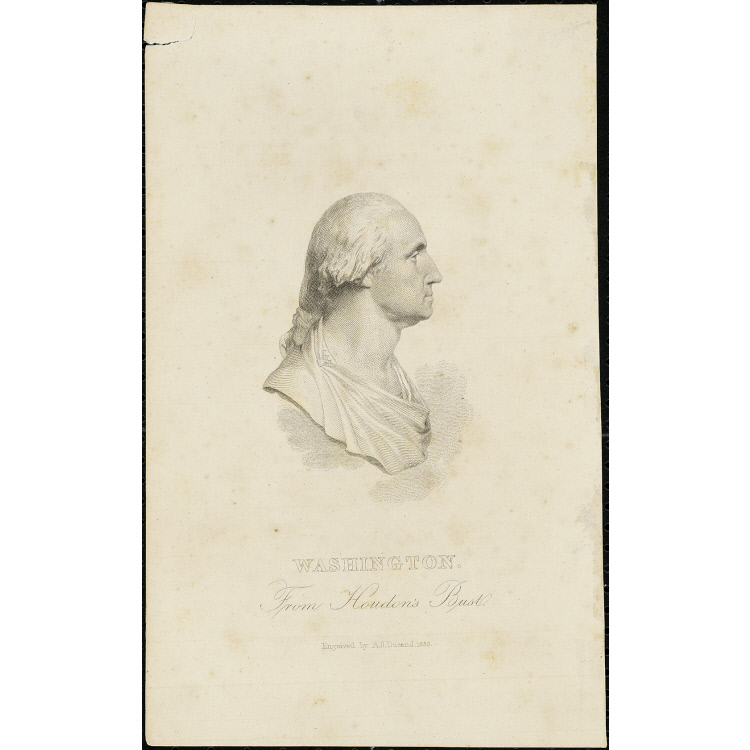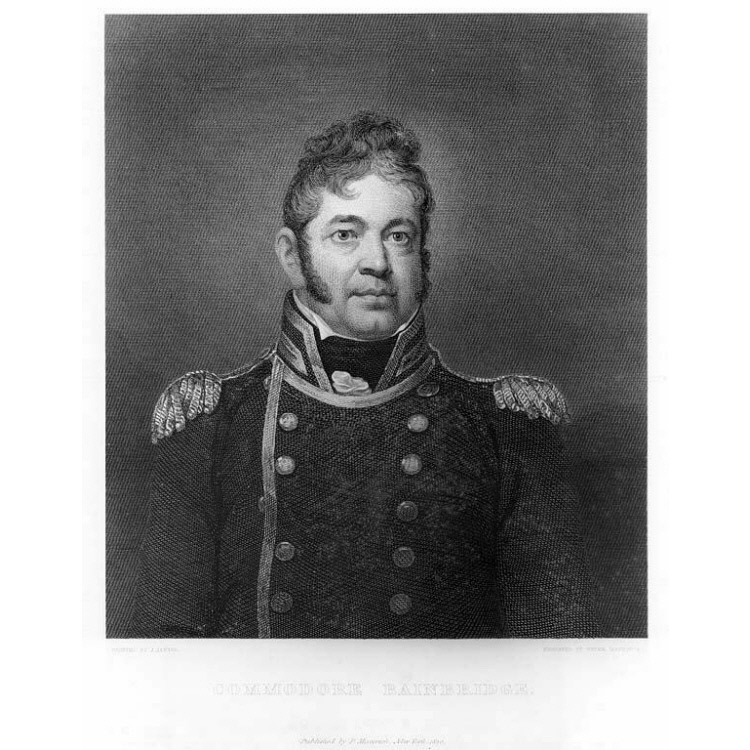Asher B. Durand
Asher Durand was born Aug. 21, 1796, in Maplewood (formerly Jefferson Village), N.J. From 1812 to 1820, he was an apprentice, then partner, to an engraver copying English book illustrations. His reputation as a printmaker was established in 1823, when he received wide acclaim for an engraving after John Trumbull's famous painting The Declaration of Independence. This firmly established his reputation as the finest engraver in the United States. In the 1830s, Durand ended his engraving business and entered into a short, successful period as a portrait painter of U.S. presidents and other Americans of political and social prominence. In 1837, a sketching expedition to the Adirondacks with the artist Thomas Cole, a close friend and mentor, led to Durand's decision to concentrate on landscape painting. Durand's subsequent annual summer trips to the Catskill, Adirondack, and White Mountains yielded hundreds of drawings and oil sketches that he later incorporated into finished paintings. From 1840 to 1841, he traveled extensively in Europe, studying the old masters and sketching from nature. Durand, who was one of the founders of the National Academy of Design in New York City, served as its second president from 1845 until 1861. In 1855, his influential "Letters on Landscape Painting" were published in the Crayon, an important art periodical founded by the artist's son, John. Durand, who retired in 1869, stopped painting in 1878 and died Sept. 17, 1886, in his home town of Maplewood, N.J.
Smithsonian American Art Museum "Smithsonian American Art Museum Hosts the First Major Retrospective in 35 Years Devoted to Celebrated American Landscape Painter Asher B. Durand" (Washington, D.C.: Smithsonian American Art Museum, press release, August 14, 2007)











